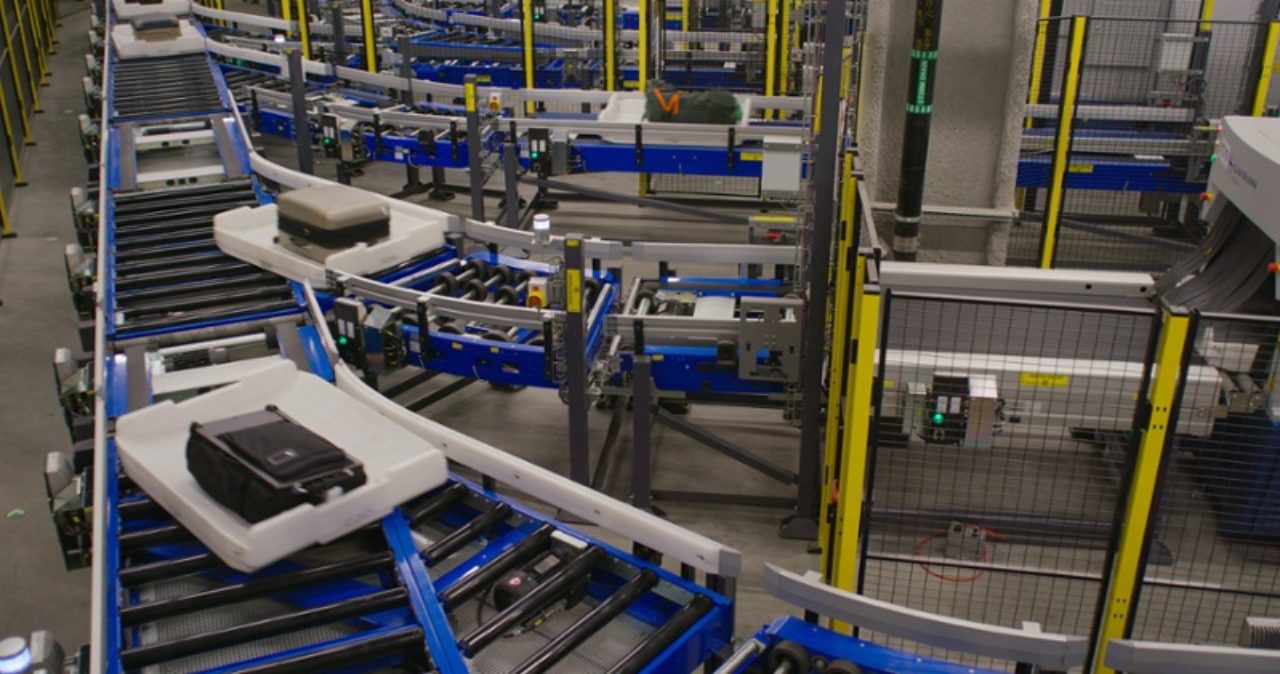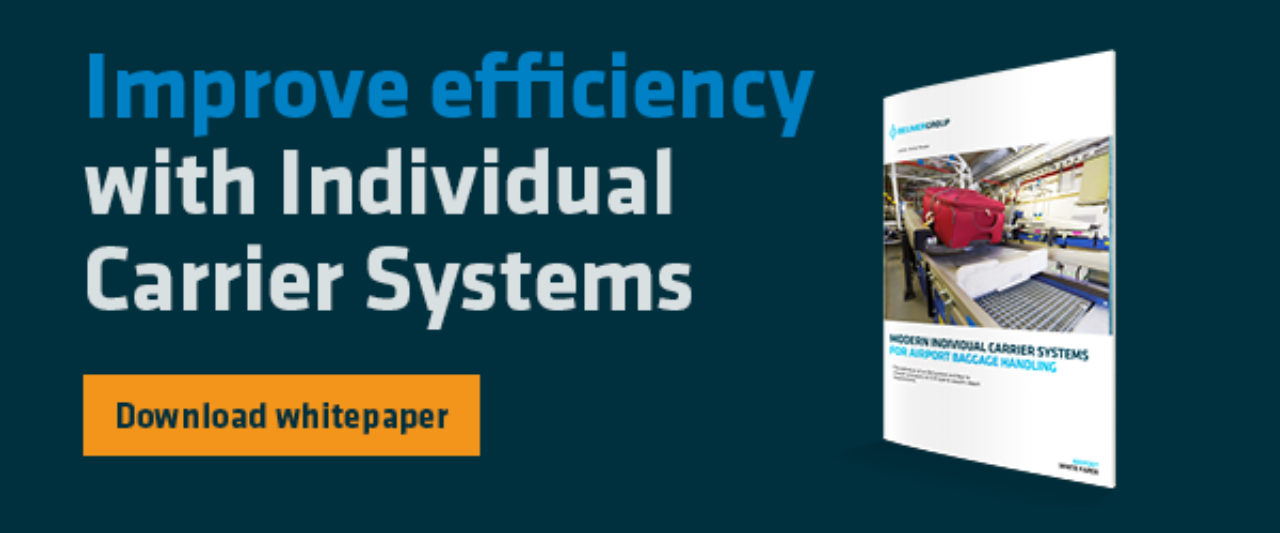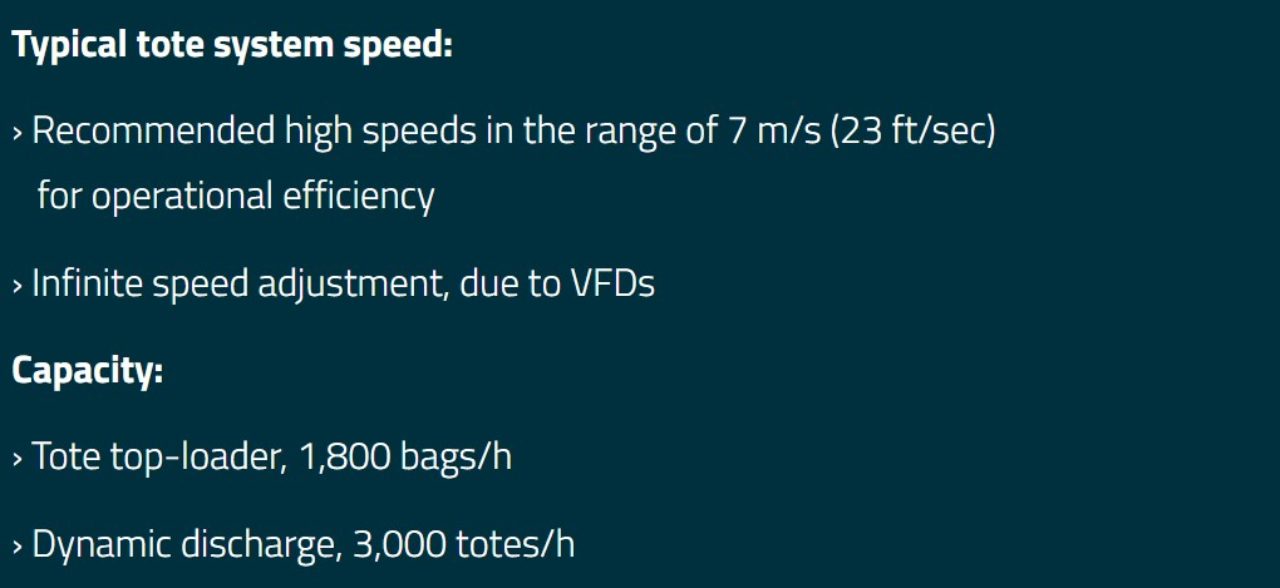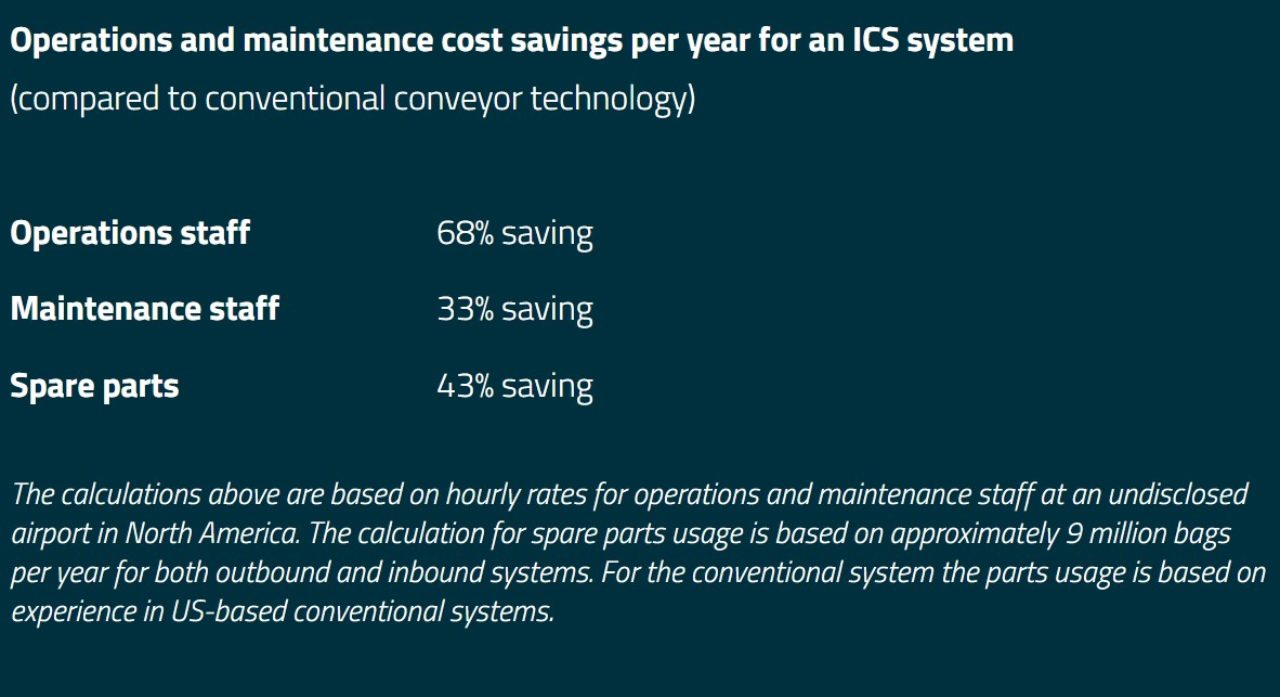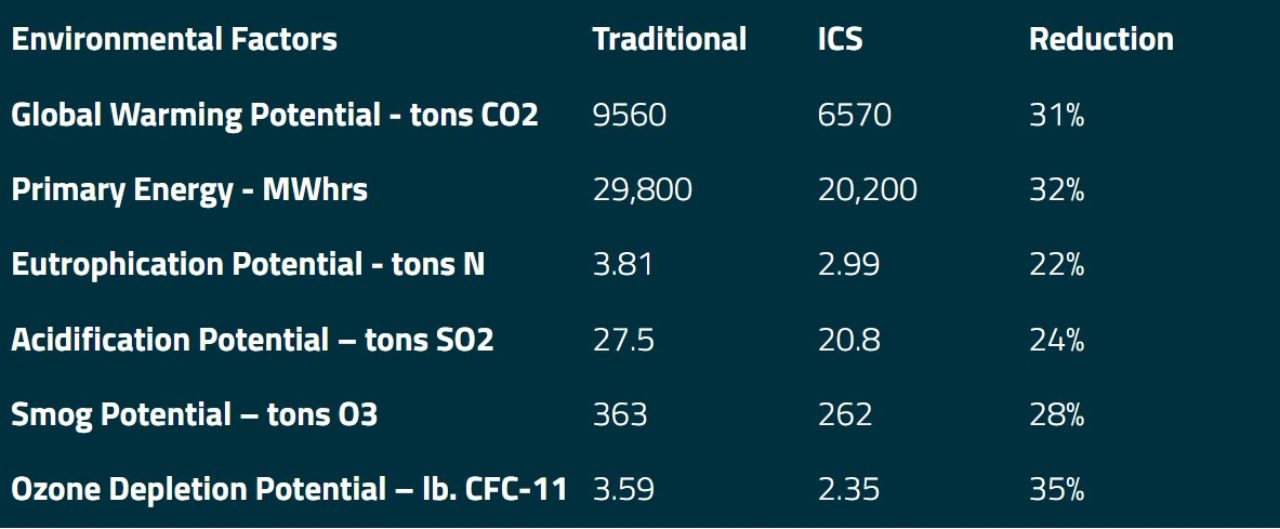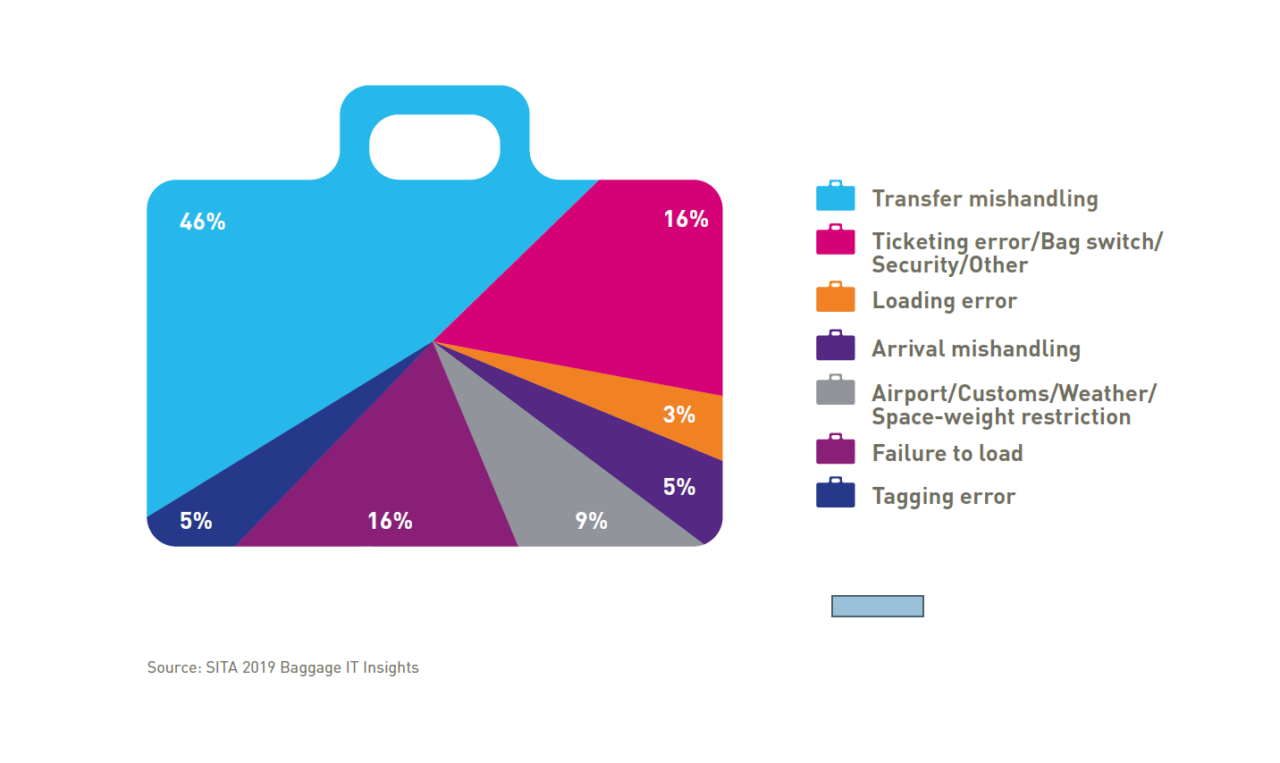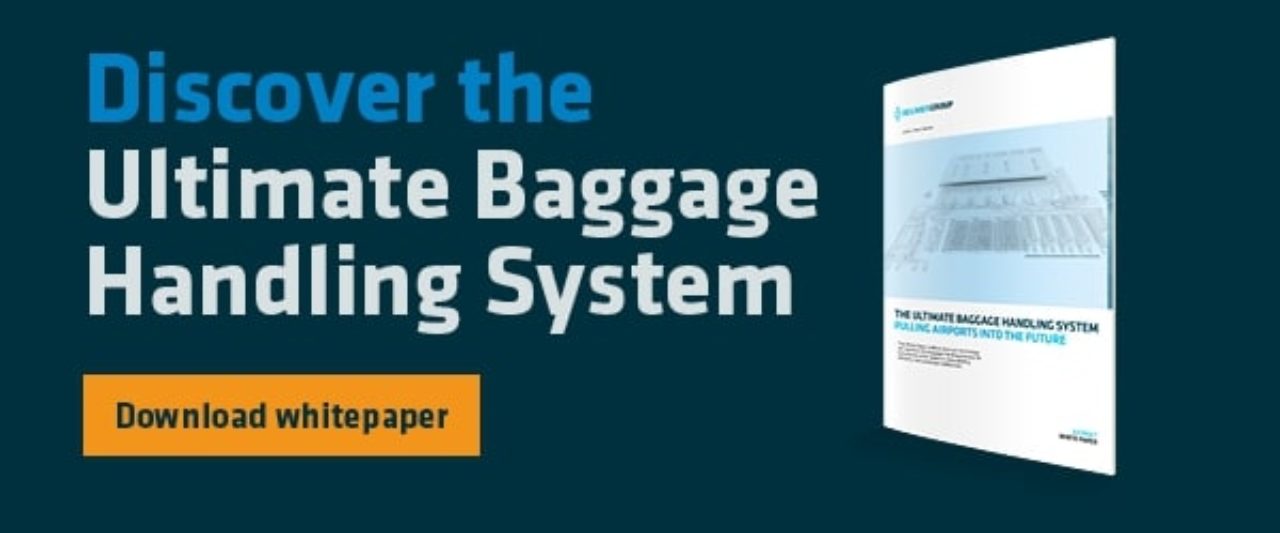With fewer system jams and lost baggage, as well as faster run times, less downtime is experienced with an ICS system, which means fewer resources and hours are needed than in the conventional system. But not only are failure rates lower, scheduled maintenance on an ICS is about five times faster, significantly increasing the overall system availability.
The ICS’ simplified design and use of common components across different elements of the system also result in fewer maintenance needs and lower spare part consumption.
And while conventional systems have motors continuously running, ICS utilises electric motors that function only when a tote arrives, ensuring higher energy efficiency and lower operational costs.
Energy consumption and sustainability
When comparing the environmental impact of the respective baggage handling systems, ICS is a more sustainable option than the conventional conveyor system.
The sortation process within ICS is very precise with mishandled baggage virtually zero, the ICS contributes to signifcantly less CO2 emissions. (According to Greenbaggage, 30 percent additional air miles are required due to mishandled baggage.)
The tote system eliminates key components found in traditional systems, such as gear boxes, and enjoys less belt friction which allows for energy savings. Variable frequency drives are applied to each system module, reducing energy consumption even further.
Furthermore, analyses of greenhouse gas emissions, construction materials used, energy efficiency, and system lifetime and durability show ICS to be significantly less impacting than traditional systems.















